
Do you have a question about the Mindray BeneHeart C2 Fully Automatic and is the answer not in the manual?
| Device Type | Automated External Defibrillator (AED) |
|---|---|
| Type | Fully Automatic |
| Waveform | Biphasic Truncated Exponential (BTE) |
| Display | LCD |
| Voice Prompts | Yes |
| IP Rating | IP55 |
| Operating Temperature | 0°C to 50°C |
| Relative Humidity | 5% to 95% (non-condensing) |
| Energy Selection | Automatic |
| CPR Guidance | Yes |
| Self-Test | Automatic daily, weekly, and monthly self-tests |
| Data Recording | Yes |
| Battery Type | Lithium Battery |
| Ingress Protection | Dust and Water Resistant |
| Storage Temperature | -20°C to 55°C |
| Energy Levels (Adult) | 150J, 200J |
| Energy Levels (Child) | 50J, 75J |
| Weight | 2.2 kg (including battery) |
Covers hazard definitions (Danger, Warning, Caution, Note) and general safety warnings.
Explains various symbols used on the equipment and in the manual for clear understanding.
Introduces the BeneHeart C & S series AEDs, their models, and general functionality.
Defines target patient population, use cases, and lists components contacting the patient.
Details top, bottom, and back views of the AED main unit, identifying its parts.
Covers critical safety precautions and warnings before installing or using the equipment.
Guides on unpacking, checking, environmental setup, and connecting electrode pads.
Details turning on/off the equipment and switching voice language.
Highlights crucial safety warnings and precautions during the operation of the AED.
Describes the various elements displayed on the AED screen for user information.
Provides a step-by-step guide on how to respond to a cardiac arrest emergency.
Details CPR procedures, including metronome and sensor usage.
Guides on preparing the AED for subsequent rescue operations after a previous event.
Lists the types of data stored by the equipment and methods for managing them.
Describes automatic patient data recording, file management, and configuration.
Introduces the AED ALERT system for remote equipment management and monitoring.
Introduces the battery type and lists essential safety precautions and warnings.
Explains on-screen indicators and voice prompts for battery status.
Provides a step-by-step guide on how to safely replace the battery in the equipment.
Offers guidance on proper battery storage and disposal procedures.
Outlines general rules and precautions for maintaining the equipment and accessories.
Provides instructions and recommended agents for cleaning the AED device.
Advises on disinfecting and clarifies sterilization recommendations for the equipment.
Emphasizes maintenance importance and lists critical safety warnings.
Guides on performing user tests, auto tests, and electrode pad checks.
Provides guidance on the proper disposal of the equipment and accessories.
Lists and describes the therapeutic accessories compatible with the AED.
Lists miscellaneous accessories, such as disposable batteries.
Details safety classifications and operating/storage conditions.
Provides dimensions and weight details for the main unit of the equipment.
Outlines specifications for the AED's display screen and audio indicators.
Lists the available interface ports and their functionalities.
Details battery type, voltage, capacity, and operating time.
Specifies the storage capacity for ECG waveforms, events, voice recordings, and reports.
Details Wi-Fi and cellular communication standards and frequencies used by the equipment.
Lists technical specifications for defibrillation, including energy levels and waveforms.
Outlines ECG input specs and details electrode pads, including size and shelf life.
Explains methods for recognizing and annotating heart rhythms using evaluation databases.
Presents test results of the rhythm analysis algorithm's performance against standards.
Details electromagnetic compatibility requirements and guidance for the equipment's safe operation.
Outlines the radio regulatory compliance information for the equipment.
Lists default settings for system date, time, language, volume, and brightness.
Details configurable settings for shock series, energy levels, CPR, and display.
Outlines settings for CPR modes and voice prompts for metronome use.
Configures parameters for auto-tests, including start time, period, and transmission interval.
Provides setup options for Wi-Fi connectivity, including network details and security.
Configures AED ALERT system reminders and automatic rescue data uploads.
Provides a list of units of measurement used in the manual and their meanings.
Explains common symbols used in technical documents and their meanings.
Lists abbreviations and acronyms used in the manual with their full forms.




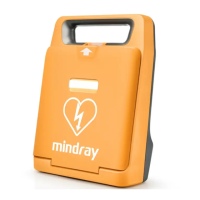
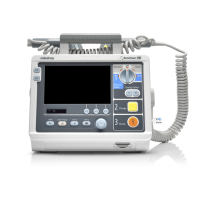
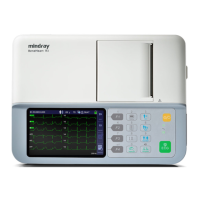

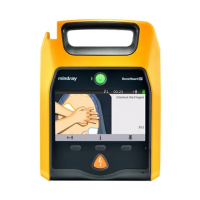

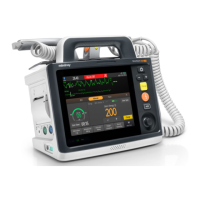

